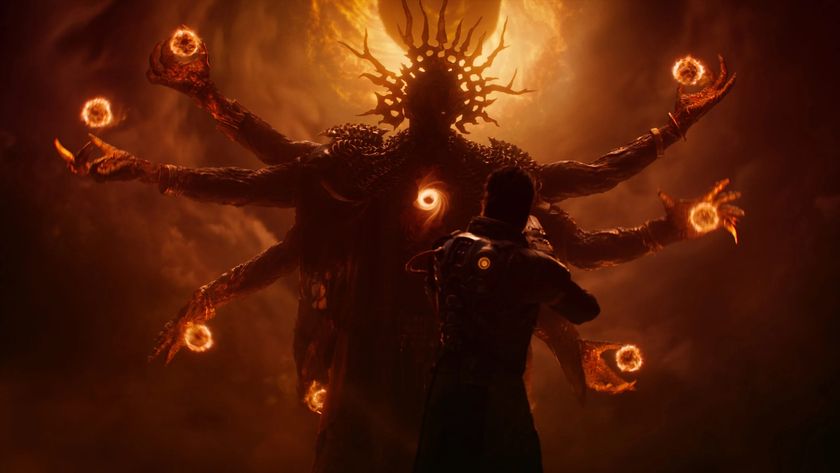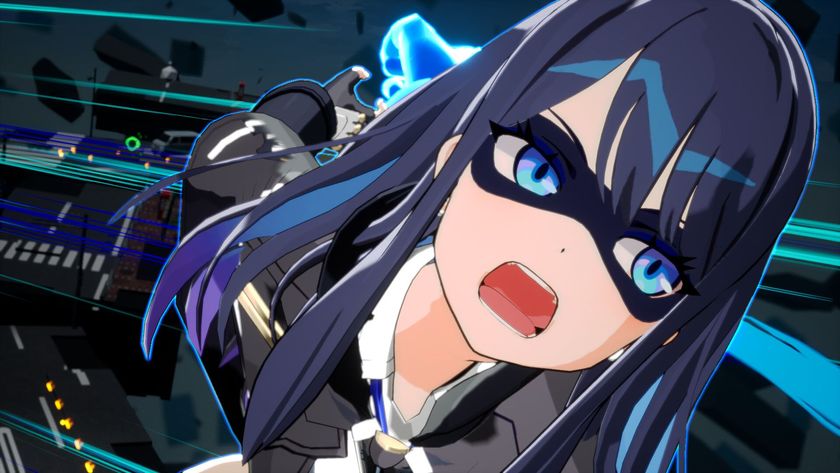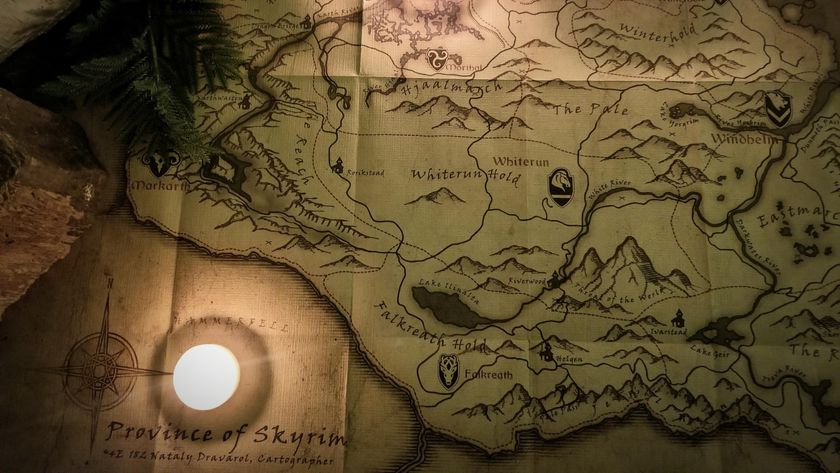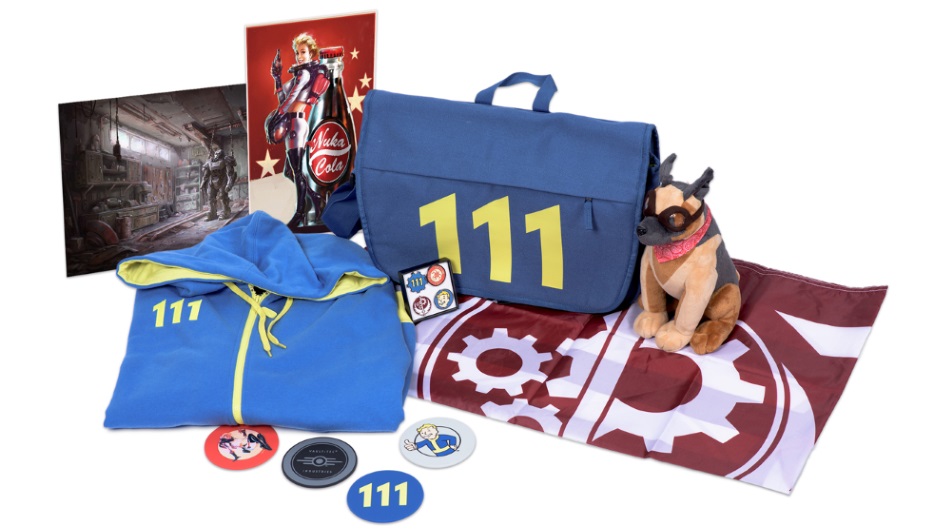
We're all fans of video games. We love them, and they're our hobby. That love manifests itself in many different ways, from building and modding your own console or PC to sporting clothing featuring your favorite character.
But if you want to display your love of games and general nerdery, one of the best ways to do so is to become a collector. And while that sounds like a very natural thing to do (after all, we’ve been taught to collect coins, rings, puzzle pieces and the like), there are more tricks to the trade than you may think. So let me help you out and break down the collecting hobby with a few tips:
Choose your specialty, narrow your focus, be consistent
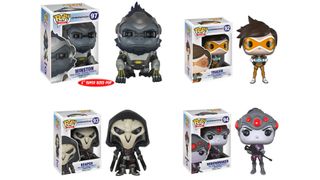
You want your collection to look nice, neat, and purposeful. And to do that, the first thing you need to decide is what you're going to collect. Do you want to collect action figures or polystone statues? Do you want to hang your wall with artwork or weapon replicas? While having a little bit of everything can be fun, it also can be overwhelming or create a sense of disarray. So pick one category and then narrow it from there.
For example, I love having little figurines no more than a few inches high, and have a particular fondness for Blizzard games, so Blizzard-themed Funko Pops are a good fit for me. Rather than trying to collect every single Funko Pop or every Blizzard toy, I can focus on completing this set before moving on to other collectibles.
If you want to be a serious collector, you also have to decide what your limits are, especially when it comes to secondhand items. Are you okay with a rare used game if it doesn't come with an original case? Must all of your retro consoles function and exist just as they did originally - which is to say, unmodded? Only you can decide what's right for your collection, but once you've made a decision, stick to it so there's a level of uniformity and order.
Budget wisely
Think about it. Do you have the money for that $500 Metal Gear Rex? Okay, maybe you do this time, but then do you have the fund to continue making such purchases? Splurging on a single major item is fine, but it also sets the bar pretty high. Having a multi-hundred dollar statue surrounded by plastic figurines isn't going to look good presentation-wise, so you need to think ahead and keep yourself from overextending your finances.
Also take the time to think over whether or not you'll be reselling your collection down the road. If these are investments, take the time to learn about the differences in condition that other collectors will be interested to know. When you finally get around to selling your collection, always hope for the best but plan for the worst in terms of how much money you'll expect to see. And lastly, be patient. Some products can be scooped up in hours while others will take months or even years.
Sign up to the 12DOVE Newsletter
Weekly digests, tales from the communities you love, and more
Make sure you have the space
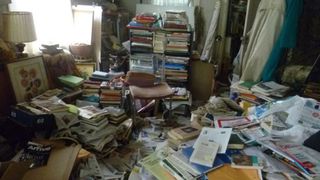
I know, this one seems like a "well, duh" tip - but any collector will tell you, you run out of space faster than you may think. Plan ahead and give your collection room to expand. The last thing you want is to confine whatever it is you've chosen as your focus to a small bookshelf or table and then run out of room with nowhere to move them.
Many collectible manufacturers will offer product dimensions on their website or packaging. Take this information and approach the problem like an interior designer, measuring out where your collection will sit. Another thing to consider is how much extra space you'll need.
Let's say you've decided you're going to display your collection open-box. That means the statues, action figures, and other collectibles which come in packaging are sitting outside of their containers. If you ever plan on moving or, as mentioned above, potentially selling these down the line, you'll need a place to store the boxes. Boom, you've just doubled the required space.
Even if your collection is complete, you likely need to factor in more than just the bare minimum of space between figures, statues, replicas, or games. Give each item room to shine and your collection will be all the more impressive.
Keep track of your progress
So you've picked a theme and you've got the space checked out. Now it's time to start buying and taking inventory. Make a spreadsheet with a list of items that you want to add to your collection and mark your progress each time something gets added to it.
This is particularly useful if you're into variants and retailer exclusives, like comic books with unique cover art you can only get from certain stores. It'll also keep you from making silly mistakes like buying The Descent four times, which I have definitely never done and am totally just making up for the sake of demonstration.
Shop local, and dig through the attic
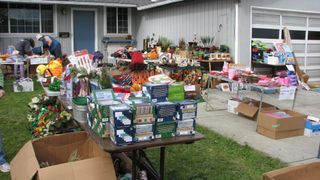
We've all heard tales of the lucky duck who found a rare gem at a garage sale or flea market. Heck, the Sony / Nintendo PlayStation prototype was allegedly found just sitting in a box of "junk" that was supposed to be thrown out. Some things just can't be found on Amazon or eBay.
Your local comic book or games store can also sometimes order items that you might not have access to. Whether you're hunting down something specific or always on the lookout for the next great find, start in your own backyard first. That said…
Plan a road trip
Whether it's toys, cards, comic books, swords, games, or something else entirely, there is almost certainly a convention you can attend dedicated to it. Find a con near you (or far away, if you can afford it and are willing to make the trip) and make a weekend out of it. Bring friends and make the whole trip a bonding experience deserving of its own made-for-TV movie adaptation.
Depending on the size and attendees, cons can have exclusive items that collectors love to track down. Heck, even we've partnered with LootCrate in the past for San Diego Comic-Con exclusive boxes full of merch you couldn't get anywhere else. Just be prepared to get in line and get in line early.
Cons are also a great way to boost your collection's value thanks to autograph sessions. A black-and-white headshot of Captain Picard might not be particularly astounding as-is, but get it signed and framed and suddenly you've got a very classy centerpiece.
Do research

Is that "rare" Pokemon card actually just a starter deck? Is that long-lost game actually just an empty case? Unfortunately, the realm of nerdy collecting isn't as sacrosanct as antiquing or cars, so there's no established authority like Warman's or Kelly Blue Book to determine value and proper procedure.
This means you should evaluate your collectibles on a case-by-case basis whenever possible. Always read the fine print and check a seller's reputation. Ask to see pictures of the actual product when dealing secondhand. Shop around. You might even find a lower price or better version of the thing you were considering buying.
eBay is one of the best places to get a ballpark figure in terms of how much you should be paying. Just search for whatever it is you're considering buying and you'll see how much others are listing their copies for. Just make sure that you check what the price these items are actually being bought for is. You may have heard of "black diamond" Disney VHS tapes being worth tens of thousands of dollars, but just because someone is listing them at such a high price doesn't mean they're being bought at that high of a price.
When in doubt, Google is your friend.
Take care of your stuff
Tempting as it may be to leave your collection out in the open so that you can show it off, you might want to invest in protective measures. For figurines, statues, and replicas, this means an airtight display case and occasional dusting. For video games, that could mean a closed bookshelf or a stockpile of replacement cases.
One thing to be mindful of regardless of what you collect is natural lighting. Sunlight will gradually yellow or bleach just about everything, turning your beautiful art into a garage sale bargain bin. Glass with UV protection is vital for keeping anything framed looking nice years into the future.
For free-standing collections, try to find a spot away from windows, and if you want to illuminate your space, use white lights or, even better, LED strips. These emit less heat and will preserve your memorabilia far longer than if they were constantly exposed to the sun or traditional bulbs.
Be happy
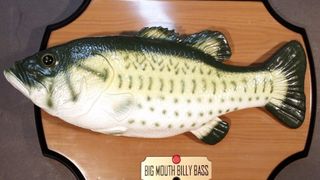
I've saved the best - and cheesiest - tip for last: if you want to get into collecting as a hobby, do it for you. Don't, for example, pick something because you think it'll have value in the future. That's how basements full of unloved Beanie Babies are made. Don't do it because you want to impress someone.
And despite all my tips above, don't worry about following them lock and step. If you want to pose your action figures and scatter them around your bedroom because it makes you happy, then by god, you put that Xenomorph Queen over your headboard with pride. After all, the whole point is to show how much you love games (or movies, or comics, or whatever).
Let that mentality guide your choices and your collection will always be the best it can be.
Image credit: LootCrate, Flickr: Bob n Renee, Flickr: State Farm
Sam is a former News Editor here at GamesRadar. His expert words have appeared on many of the web's well-known gaming sites, including Joystiq, Penny Arcade, Destructoid, and G4 Media, among others. Sam has a serious soft spot for MOBAs, MMOs, and emo music. Forever a farm boy, forever a '90s kid.
Most Popular





